Filter by
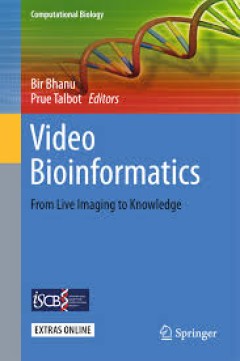
Video Bioinformatics From Live Imaging to Knowledge
The advances of live cell video imaging and high-throughput technologies for functional and chemical genomics provide unprecedented opportunities to understand how biological processes work in subcellular and multicellular systems. The interdisciplinary research field of Video Bioinformatics is defined by Bir Bhanu as the automated processing, analysis, understanding, data mining, visualizati…
- Edition
- -
- ISBN/ISSN
- 978-3-319-23724-4
- Collation
- -
- Series Title
- -
- Call Number
- -
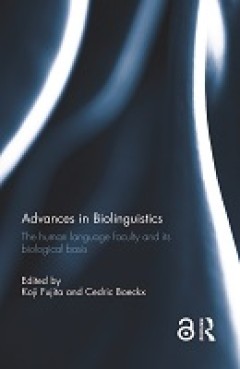
Advances in Biolinguistics: The Human Language Faculty and Its Biological Basis
Biolinguistics is a highly interdisciplinary field that seeks the rapprochement between linguistics and biology. Linking theoretical linguistics, theoretical biology, genetics, neuroscience and cognitive psychology, this book offers a collection of chapters situating the enterprise conceptually, highlighting both the promises and challenges of the field, and chapters focusing on the challenges …
- Edition
- -
- ISBN/ISSN
- 9781138891722
- Collation
- -
- Series Title
- -
- Call Number
- -
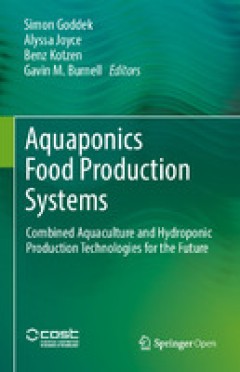
Aquaponics Food Production Systems
This open access book, written by world experts in aquaponics and related technologies, provides the authoritative and comprehensive overview of the key aquaculture and hydroponic and other integrated systems, socio-economic and environmental aspects. Aquaponic systems, which combine aquaculture and vegetable food production offer alternative technology solutions for a world that is increasingl…
- Edition
- -
- ISBN/ISSN
- -
- Collation
- -
- Series Title
- -
- Call Number
- -
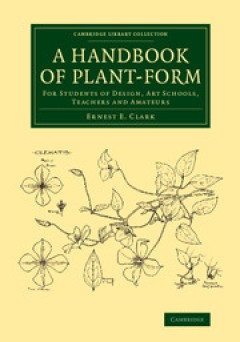
A Handbook of Plant-Form For Students of Design, Art Schools, Teachers and A…
Written and richly illustrated by the Derby-born artist Ernest Ellis Clark (1869–1932), this guide was originally published in 1904 to demonstrate the decorative possibilities of certain plants, mainly English wild flowers, to art students sitting examinations in plant drawing and design. Clark emphasises the importance of retaining a certain amount of botanical accuracy and provides examples…
- Edition
- -
- ISBN/ISSN
- 9781107262225
- Collation
- -
- Series Title
- Cambridge Library Collection - Botany and Horticulture
- Call Number
- -
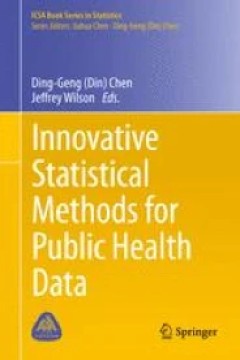
Innovative Statistical Methods for Public Health Data
The book brings together experts working in public health and multi-disciplinary areas to present recent issues in statistical methodological development and their applications. This timely book will impact model development and data analyses of public health research across a wide spectrum of analysis. Data and software used in the studies are available for the reader to replicate the models a…
- Edition
- -
- ISBN/ISSN
- 978-3-319-18535-4
- Collation
- XIV, 351
- Series Title
- -
- Call Number
- 614 INN

Group Sequential and Confirmatory Adaptive Designs in Clinical Trials
This book provides an up-to-date review of the general principles of and techniques for confirmatory adaptive designs. Confirmatory adaptive designs are a generalization of group sequential designs. With these designs, interim analyses are performed in order to stop the trial prematurely under control of the Type I error rate. In adaptive designs, it is also permissible to perform a data-driven…
- Edition
- -
- ISBN/ISSN
- 978-3-319-32560-6
- Collation
- XVI, 301
- Series Title
- -
- Call Number
- -
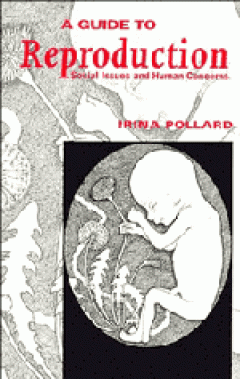
A Guide to Reproduction Social Issues and Human Concerns
The purpose of this comprehensive text is to increase awareness of human reproduction and its consequences. The central theme links reproductive capacity, the social consequences of the multiple stresses this places on the environment and the ways this relates back to the reproductive health of humans and other animals. In the first section, the biology of human reproduction is discussed, inclu…
- Edition
- -
- ISBN/ISSN
- 9780511608582
- Collation
- -
- Series Title
- -
- Call Number
- -
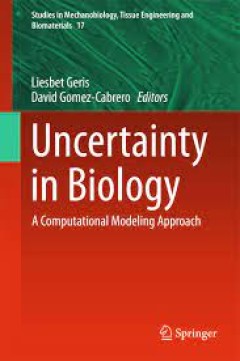
Uncertainty in Biology A Computational Modeling Approach
Computational modeling allows to reduce, refine and replace animal experimentation as well as to translate findings obtained in these experiments to the human background. However these biomedical problems are inherently complex with a myriad of influencing factors, which strongly complicates the model building and validation process. This book wants to address four main issues related to the bu…
- Edition
- -
- ISBN/ISSN
- 978-3-319-21296-8
- Collation
- -
- Series Title
- -
- Call Number
- -
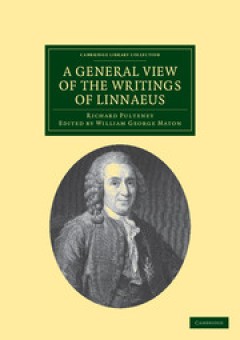
A General View of the Writings of Linnaeus
Carl Linnaeus (1707–88), father of modern taxonomy, was one of the most important scientists of the eighteenth century. This biography was written by Richard Pulteney (1730–1801), a physician and botanist who greatly admired Linnaeus' methods and aimed to promote them in England. The first edition was published in 1781 and contains a thorough account of the major works of Linnaeus and his u…
- Edition
- William George Maton
- ISBN/ISSN
- 9781139095945
- Collation
- -
- Series Title
- Cambridge Library Collection - Botany and Horticulture
- Call Number
- -
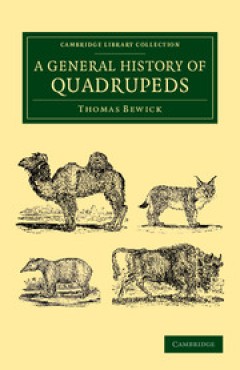
A General History of Quadrupeds
Thomas Bewick (1753–1828) began his career as an apprentice to the engraver and businessman Ralph Beilby (1743–1817). Having entered into a partnership and illustrated more than eighty small books for children, they decided to work together on this natural history, with Beilby drafting the descriptions and Bewick providing wood engravings and textual revisions. It was first published in 179…
- Edition
- -
- ISBN/ISSN
- 9781139854702
- Collation
- -
- Series Title
- Cambridge Library Collection - Zoology
- Call Number
- -
 Computer Science, Information & General Works
Computer Science, Information & General Works  Philosophy & Psychology
Philosophy & Psychology  Religion
Religion  Social Sciences
Social Sciences  Language
Language  Pure Science
Pure Science  Applied Sciences
Applied Sciences  Art & Recreation
Art & Recreation  Literature
Literature  History & Geography
History & Geography